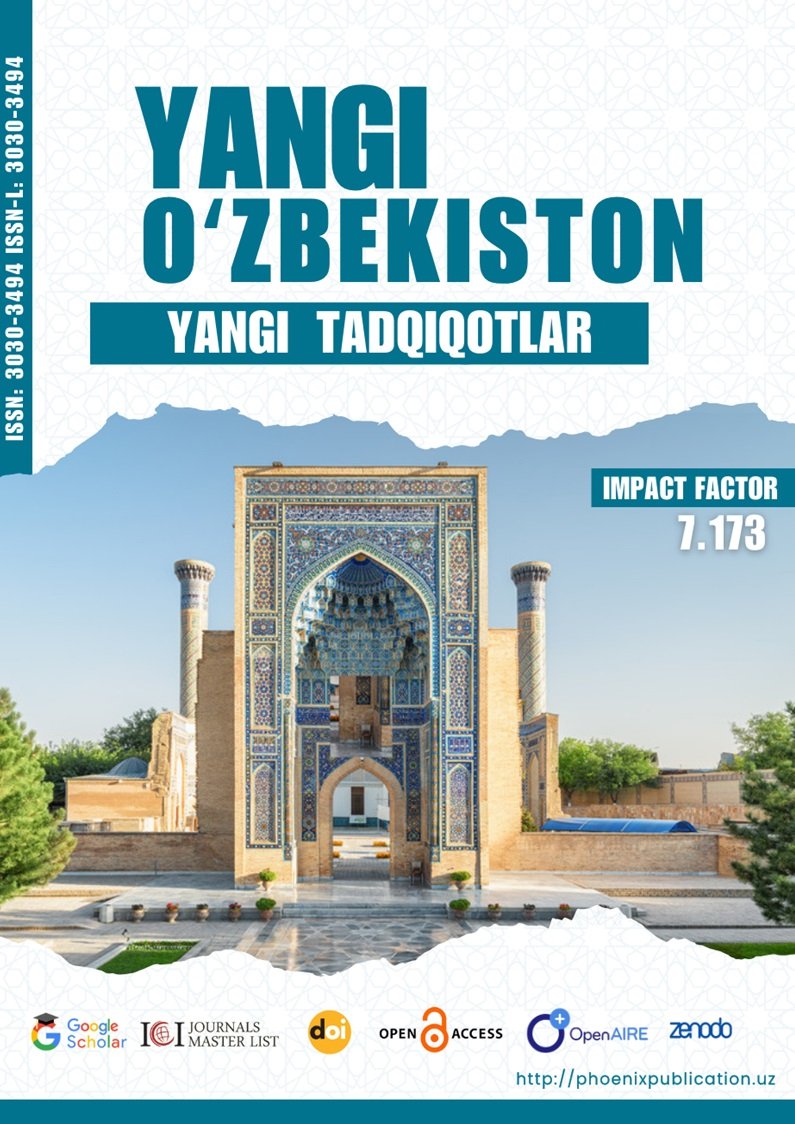Abstract
Cross-cultural communication has become an essential component of global interaction in the 21st century, influencing diplomacy, business, education, and social relations. However, despite technological progress and globalization, cultural misunderstandings remain a major barrier to effective intercultural exchange. This article explores the dynamics of cross-cultural communication, emphasizing the cognitive, linguistic, and socio-pragmatic factors that contribute to misinterpretation among individuals from diverse cultural backgrounds. Using statistical data from recent intercultural communication studies, the research identifies that over 65% of communication breakdowns in multinational environments stem from differences in non-verbal behavior, cultural values, and context-dependent meanings. Moreover, linguistic relativity and ethnocentrism significantly affect message interpretation, leading to semantic distortion and interpersonal tension. The study also examines theoretical frameworks such as Hofstede’s cultural dimensions, Hall’s context theory, and Ting-Toomey’s face-negotiation theory to analyze the psychological and structural causes of misunderstandings. Findings indicate that developing intercultural competence, empathy, and awareness of cultural semiotics can reduce misunderstandings by up to 40%. Ultimately, the paper argues that sustainable communication in multicultural contexts requires a systematic integration of cultural intelligence (CQ) and linguistic adaptability into educational and professional practices.
References
1. Adler, N. J. (2022). International Dimensions of Organizational Behavior (7th ed.). Boston, MA: Cengage Learning.
2. Byram, M. (2021). Teaching and Assessing Intercultural Communicative Competence (Revised ed.). Multilingual Matters.
→ https://www.multilingual-matters.com
3. Chen, G. M., & Starosta, W. J. (2020). Intercultural communication competence: A synthesis. Annals of the International Communication Association, 44(1), 65–83.
→ https://doi.org/10.1080/23808985.2020.1735922
4. Gudykunst, W. B., & Kim, Y. Y. (2017). Communicating with Strangers: An Approach to Intercultural Communication (5th ed.). Routledge.
5. Hall, E. T. (1976). Beyond Culture. New York: Anchor Press/Doubleday.
→ https://archive.org/details/beyondculture00hall
6. Hall, E. T., & Hall, M. R. (1990). Understanding Cultural Differences: Germans, French, and Americans. Intercultural Press.
→ https://www.interculturalpress.com
7. Hofstede, G., Hofstede, G. J., & Minkov, M. (2010). Cultures and Organizations: Software of the Mind (3rd ed.). McGraw-Hill.
→ https://geerthofstede.com/culture-book
8. House, R. J., Hanges, P. J., Javidan, M., Dorfman, P. W., & Gupta, V. (Eds.). (2004). Culture, Leadership, and Organizations: The GLOBE Study of 62 Societies. Sage Publications.
→ https://us.sagepub.com/en-us/nam/the-globe-study-of-62-societies/book226134
9. Hua, Z. (2020). Exploring Intercultural Communication: Language in Action (2nd ed.). Routledge.
10. Matsumoto, D., & Hwang, H. C. (2019). Culture, emotion, and communication. Perspectives on Psychological Science, 14(5), 909–922.
→ https://doi.org/10.1177/1745691619863049
11. Spitzberg, B. H., & Changnon, G. (2009). Conceptualizing intercultural competence. In D. K. Deardorff (Ed.), The SAGE Handbook of Intercultural Competence (pp. 2–52). Sage Publications.
→https://us.sagepub.com/en-us/nam/the-sage-handbook-of-intercultural-competence/book232274
12. Ting-Toomey, S., & Dorjee, T. (2019). Communicating Across Cultures (2nd ed.). The Guilford Press.
13. Trompenaars, F., & Hampden-Turner, C. (2012). Riding the Waves of Culture: Understanding Diversity in Global Business (3rd ed.). McGraw-Hill.
14. United Nations Educational, Scientific and Cultural Organization (UNESCO). (2024). Intercultural Dialogue and Cultural Diversity Report. Paris: UNESCO.
→ https://www.unesco.org/en/interculturaldialogue
15. Zhou, Y., & Zhang, Q. (2023). Cultural distance and communication breakdown in global teams: A meta-analytic review. Journal of International and Intercultural Communication, 16(2), 214–239.
